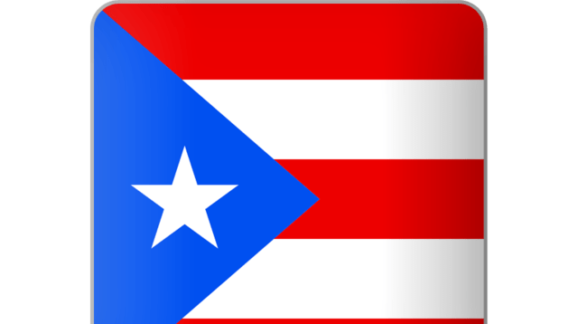Experimental Tech Helps Get Puerto Rico’s Telecom Services Back on Line

 Last weekend Federal Communications Commission Chairman Ajit Pai visited Puerto Rico to assess the damage done by Hurricane Maria to the island’s telecom infrastructure. When Maria tragically destroyed that infrastructure, it also cleared away a lot of regulatory red tape. This communications ‘clean slate’ could prove the silver lining in getting the beleaguered citizens of Puerto Rico back online.
Last weekend Federal Communications Commission Chairman Ajit Pai visited Puerto Rico to assess the damage done by Hurricane Maria to the island’s telecom infrastructure. When Maria tragically destroyed that infrastructure, it also cleared away a lot of regulatory red tape. This communications ‘clean slate’ could prove the silver lining in getting the beleaguered citizens of Puerto Rico back online.
With 48 percent of cell sites still out of service, these constructive experiments are already underway.
AT&T is currently using an LTE-equipped drone called a Flying COW (Cell on Wings) to provide cellular service over a 40-square mile area. In a statement, AT&T said:
As we work to permanently restore our network, this experimental technology is providing data, voice, and text services to customers. This is the first time an LTE cell site on a drone has been successfully deployed to connect residents after a disaster.
The company is also collaborating with Google parent company Alphabet’s X company to provide Internet service with a fleet of balloons that serve as cell phone towers in the sky. Alastair Westgarth, who leads the company’s balloon-based Internet projects, known as Project Loon, said in an interview that the balloons are, “still an experimental technology and we’re not quite sure how well it will work.”
Experimental is the key word in both these statements. The freedom to try something without getting explicit and advanced permission from regulators is what allows innovations to be tried, tested, and either integrated or abandoned—all to the benefit of consumers. That’s how progress is born in a free market. Let’s hope it doesn’t take a devastating hurricane back on the mainland to get harmful, heavy-handed regulation out of telecommunications.